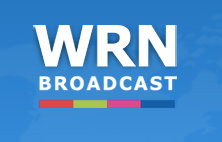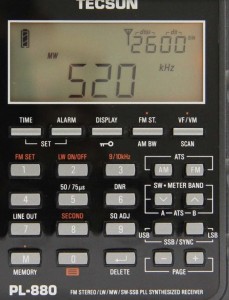 Many SWLs like listening to the World Radio Network. It appears WRN will be cutting some of their services including their web-based audio player and podcast.
Many SWLs like listening to the World Radio Network. It appears WRN will be cutting some of their services including their web-based audio player and podcast.
WRN mentioned this in their weekly newsletter this morning:
“WRN Broadcast has announced that as part of the company’s continued growth strategy it will be refocusing its seven international radio networks to concentrate on the core service regions. As a result the French and German Networks will cease broadcasting from midnight 31 December 2013, and the wrn.org web-based stations audio on-demand and podcasting service will cease on 16 December 2013. This Newsletter will also close with the last edition published on20 December 2013.”
See WRN’s full press release below:
WRN Broadcast refocuses World Radio Network services
WRN Broadcast today announced that as part of the company’s continued growth strategy it will be refocusing its 7 international radio networks to concentrate on the core service regions.
David Treadway, CEO, WRN Broadcast, said: “As a business we’re in fantastic shape, with significant growth year-on-year from our comprehensive range of services across TV, Radio and Digital, but as a longstanding broadcast service company we are always evolving services to better meet the needs of our clients. With this development of The Networks, we’re future-proofing the service for all of the international listening community and our broadcast partners. We look forward to continuing our working relationship with all those existing network broadcasters as well as the clients in our core areas of broadcast distribution and managed services.”
The World Radio Network was created to aggregate news and current affairs from leading worldwide public and private broadcasters and content producers, including NHK, VoR and KBS. The network developed to include Arabic, Russian, French, and German whilst evolving the original English network into 3 specific networks covering Europe, North America and Asia Pacific. Both the French and German services will cease broadcasting as part of this development.
The move will increase partner opportunities for the network of channels and allow further development of key areas of business growth, which centre around the company’s first-class broadcast distribution and managed services across TV, Radio and Digital.
The WRN French and German Networks will cease broadcasting from midnight 31 December 2013, with the web-based radio on-demand and podcasting service terminating on 16 December 2013.
WRN Broadcast contacts:
Email: [email protected]





